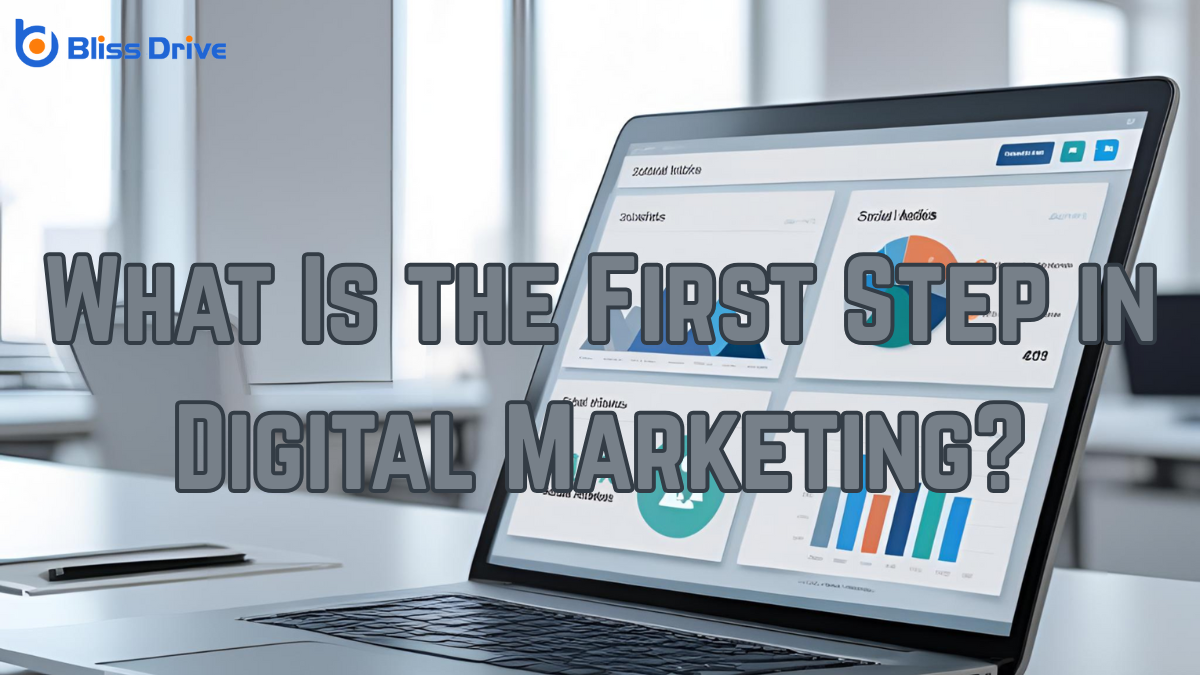Learn More About Us

When we commence a digital marketing journey, the first essential step is identifying our target audience. This involves understanding their demographics, online behavior, and preferences. By doing so, we can tailor our strategies to better engage and meet their needs. It's the foundation upon which successful campaigns are built. But how do we gather this information effectively, and what tools can we use to guarantee accuracy in our audience analysis?
Before diving into any digital marketing strategy, we must first focus on identifying our target audience because understanding who we're speaking to is essential for success.
Knowing our audience helps us tailor our messages to their interests, needs, and preferences. We start by analyzing demographic data like age, gender, and location.
Next, we explore their online behavior, such as social media habits and purchasing patterns.

How do we guarantee our digital marketing efforts hit the mark? We set clear and measurable goals. Without them, we're like sailors without a compass. Goals give us direction and purpose. They help us track progress and celebrate our achievements.
Let’s explore why setting goals matters:
While setting clear goals is essential, understanding our audience through market research is equally important.
We need to dive deep into who our customers are by gathering data on their preferences, habits, and challenges. This process helps us create personalized content and strategies that truly resonate with them.
We should be asking questions like: What problems do they need solving? What are their interests and values?
Understanding our audience through market research sets the foundation for our next step: analyzing competitor strategies.
We need to explore what makes our competitors tick. This isn't about copying; it’s about learning and innovating. By evaluating their strengths and weaknesses, we can carve out our own path to success.
Let’s consider:

Building a robust online presence is essential in today’s digital age. We need to focus on creating a website that reflects our brand’s identity and values.
It’s imperative that our site is user-friendly and mobile-responsive, ensuring easy navigation for every visitor. Let’s not forget about search engine optimization (SEO); it’ll help us rank higher in search results, making it easier for potential customers to find us.
Social media platforms are also important. We should engage actively with our audience on channels where they spend time.
By sharing valuable content and responding promptly, we build trust and loyalty. Additionally, maintaining a consistent brand voiceThe consistent tone and style of communication used by a brand across all channels. across all platforms reinforces our message.
Together, these efforts lay the groundwork for a strong digital foundation.
In digital marketing, identifying our target audience is the cornerstone of success. By understanding who they are and what they want, we can create content that truly resonates. Let’s set clear goals, conduct thorough market research, and analyze our competitors to stay ahead. Establishing a strong online presence isn’t just a step; it’s a necessity. Together, we can craft strategies that engage and convert, ensuring we achieve our marketing objectives effectively and efficiently.
